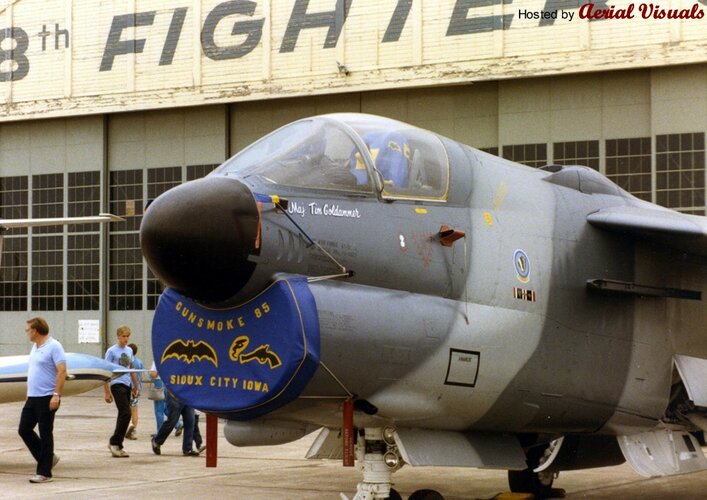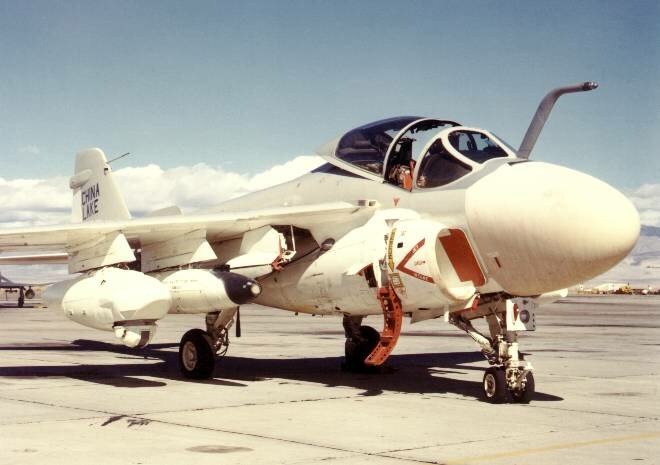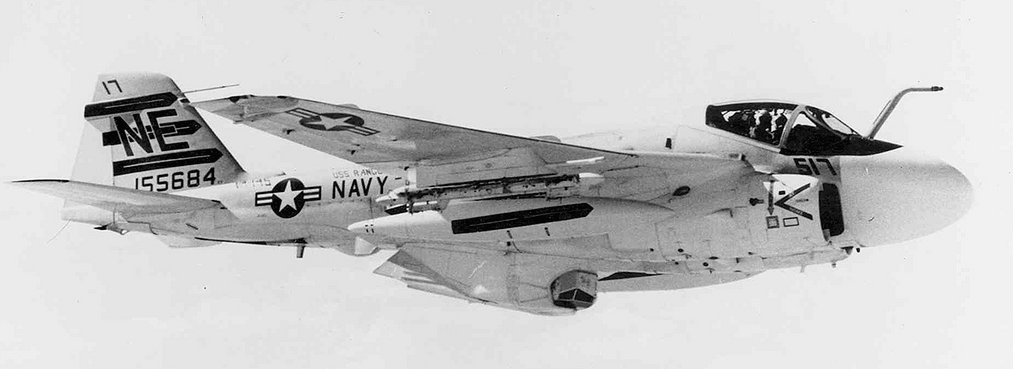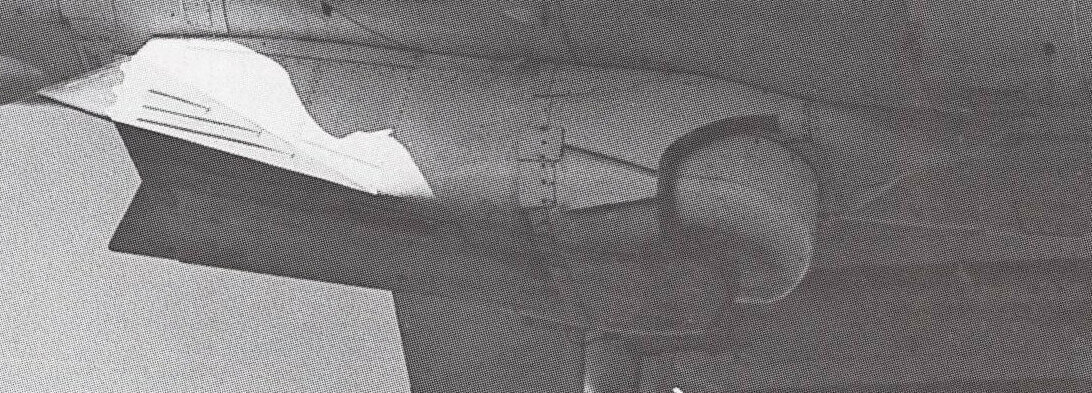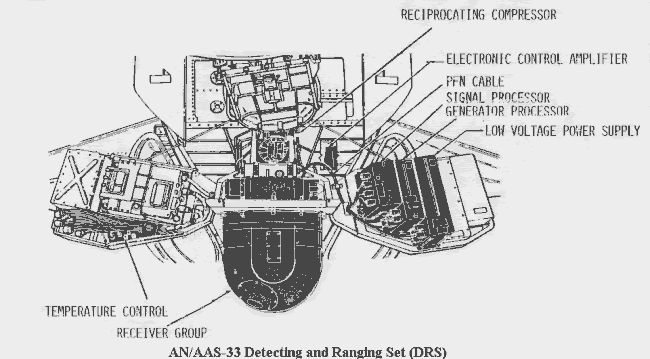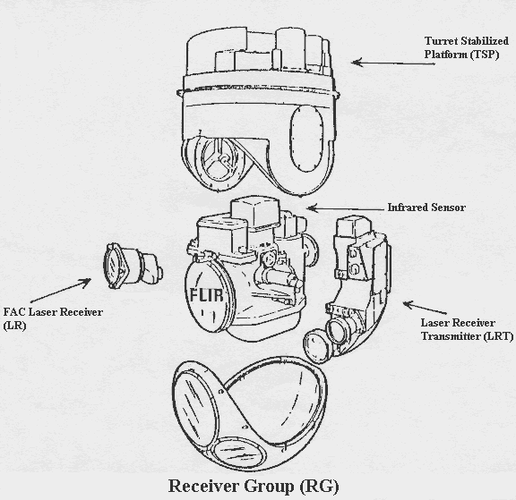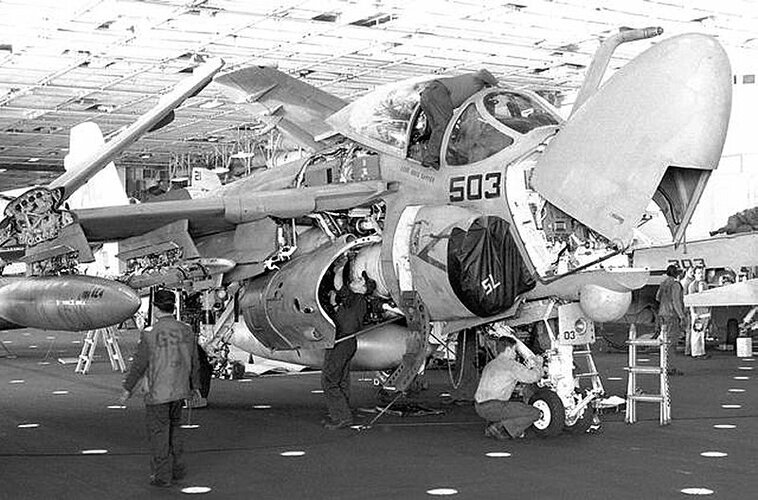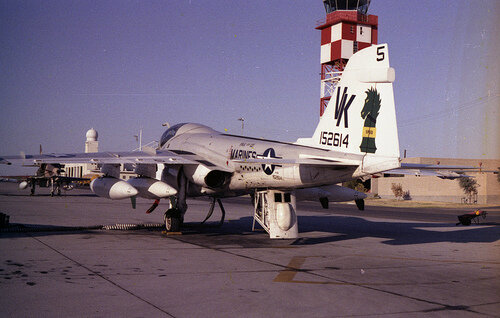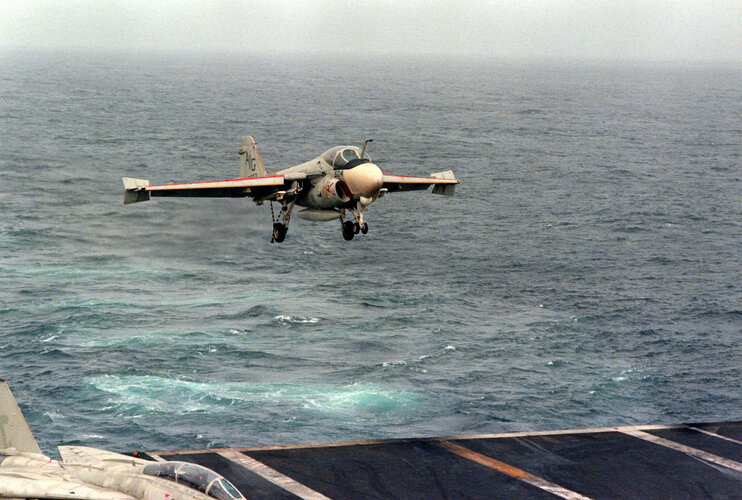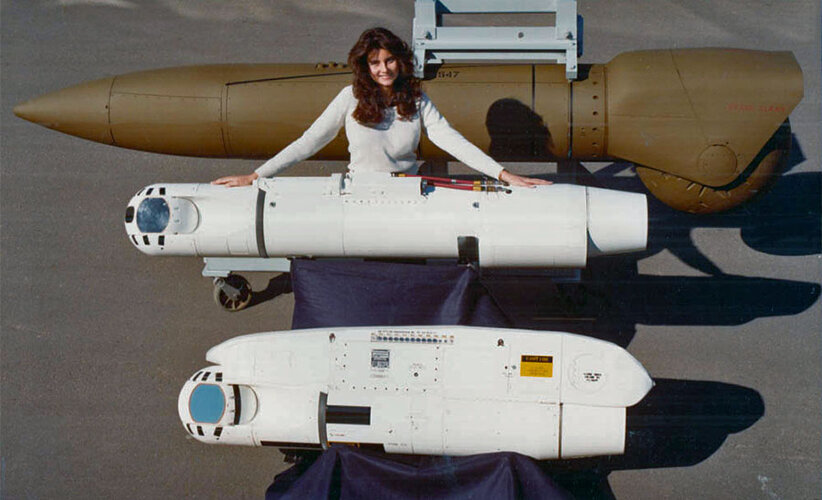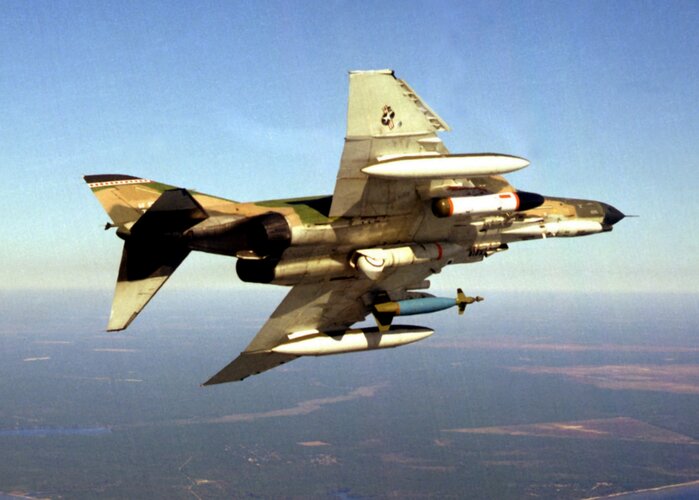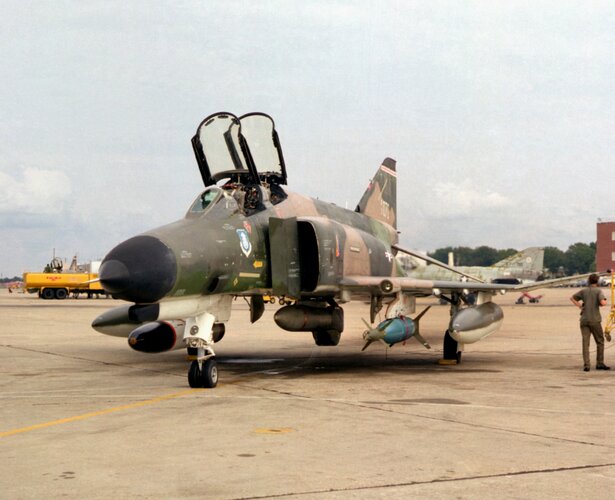Scott Kenny
ACCESS: USAP
- Joined
- 15 May 2023
- Messages
- 11,067
- Reaction score
- 13,298
Thank you.A big No. You'd take a severe hit in CNbeta (directional stability); i.e. you are adding destabilizing area in the very worst place (as far forward as possible on the A-7 airframe). Which is why you take the components out of the pod and and package into the airframe as best as possible. And add the pointy A-7F fin cap.
Please see Bill's post.
But man is that an ugly install. Need to have the Doc check those warts out!!!

